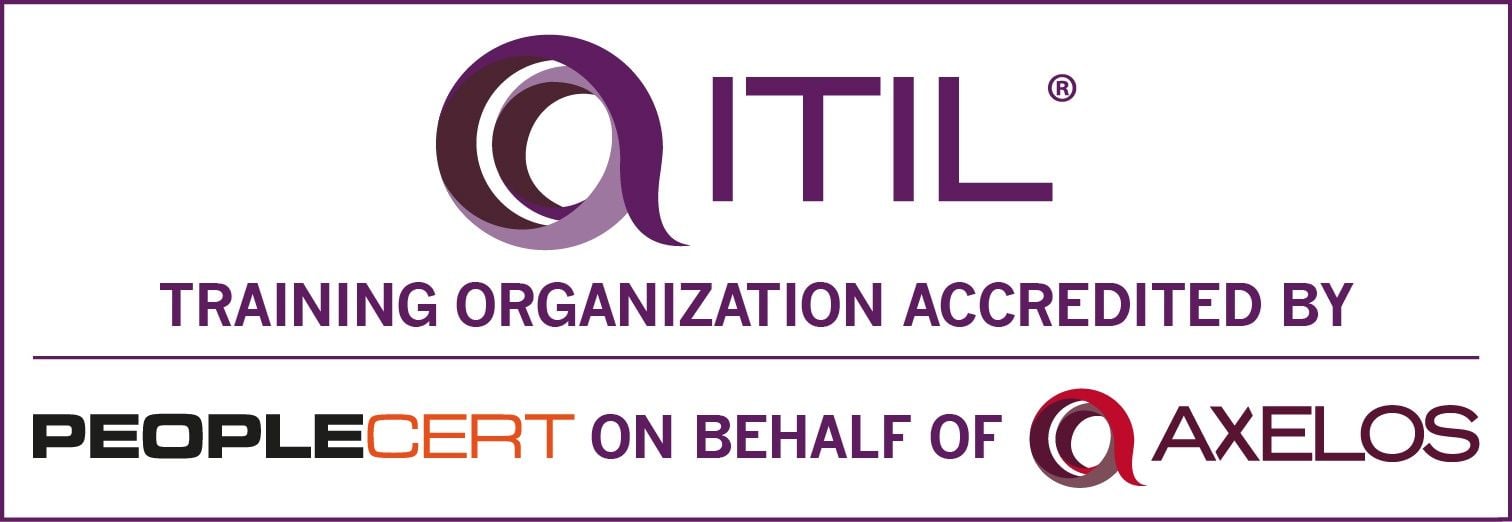Be A More Active Listener
Leadership requires that you demonstrate strong listening skills and that you care about what is being said. Here are steps to help.
If you read my previous article, Improving the Art of Communication, I hope you took the time with the exercises to evaluate your listening skills. Did you come to the same realization as most of us that I have an opportunity to improve?
Now let us take a moment and look inward. Ask yourself how often you have allowed yourself to be distracted from a conversation or how often have you allowed internal biases to interfere with listening clearly or how often have you been thinking of the reply before the other person finishes speaking. Have you ever been listening to someone and then have to ask, “What did you say?”. The cure to much of this is learning to be an active listener.
Our goal in becoming an active listener is that we want to let the other person finish their portion of the conversation while having our complete attention. Granted this does not come easy and will require a lot of practice.
Why should you be concerned about this? John Maxwell said, “People do not care how much you know, until they know you care.” Being an active listener is within the art of caring. There are a number of reasons that being an active listener is essential, especially in a leadership position.
- You center your attention on the speaker to demonstrate you are listening and understanding.
- People want to feel heard, respected, and valued.
- Listening to others builds their self-confidence.
- You learn a lot about others and how you can help others develop, improve, and succeed.
- Listening without biases allows people to see they have communicated with you, and you are a better person or leader in their eyes.
- Listening enables others to view you as approachable and a better leader.
Here are some easy to learn steps to become an active listener:
Always focus your full attention on the other person.
- Facilitate an open exchange.
- Take the time to open yourself to hear what is being said, both in content and in the feelings being expressed.
- Think carefully about the meaning of what is being said.
- Be overly sensitive to both yours and their body language and emotion.
- Acknowledge the other person and provide and look for feedback.
Before I continue, I wish to address two of the above steps - body language and acknowledging - in more detail, as I consider both to be essential soft skills.
Body Language
Leverage your body language or nonverbal skills. This is important to show that you are listening. You should maintain eye contact, reflect a positiveness, offer gestures that show you are attentive and responsive to the points being made, and use body gestures to show you are engaged with the other person. At the same time, be attentive to their body language and emotion and explore in detail the message they are sending.
Acknowledgement
Acknowledging is the process of validating that you have heard the other person’s point of view and, hopefully. in a bias-free manner. When we acknowledge, we are restating both the verbal and non-verbal. To do this effectively requires that we listen, we take note and we observe. All of this allows us to move smoothly to closure.
Troubleshooting
However, there are times in a conversation we may hit a bump. Poor communication and listening can often result in disagreement or conflict. When we master active listening, we have improved our ability to self-regulate. This allows us to better control disruptive impulses, to be less judgmental, and to think before speaking.
This requires that we take a pause. For this, I strongly recommend a tool I often share with others, which is an especially useful listening and self-regulation tool. This tool allows us to self-regulate and control our emotions in order to manage the exchange in a positive way. The three steps to this process are:
STOP
- Mentally interrupt the conversation.
- Take a deep breath (mental pause).
CHALLENGE
- What am I hearing and telling myself?
- Is this true and believable?
- If I act upon this self-talk, what is likely to happen?
FOCUS
- What do I want to happen as a result of this discussion?
- What do I need to tell myself and respond, so I can make it happen?
Before you leave, I would like you to take a few minutes for a few self-improvement exercises. First, list three to five barriers that you can identify for yourself that impact your listening skills and how you would improve these. Second, think back to a situation where you used “no” in a conversation and it backfired on you; what would you do differently if this happened again? Third, practice the pause tool I shared with you.

)
)
)
)
)
)
)
)
)
